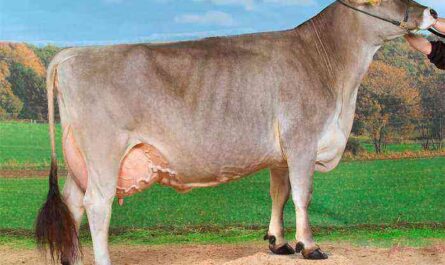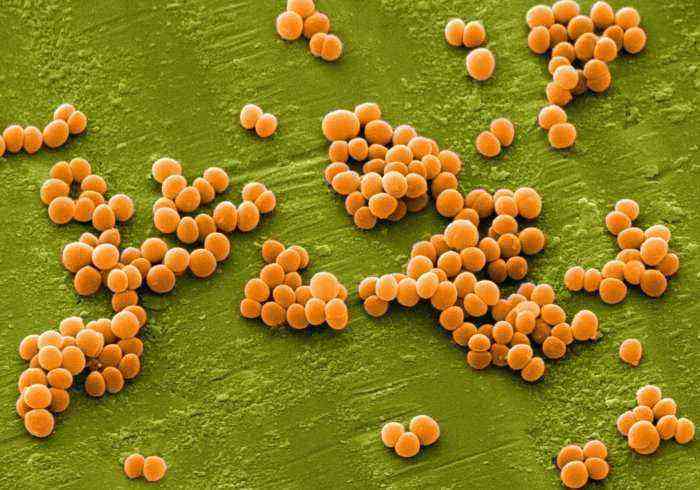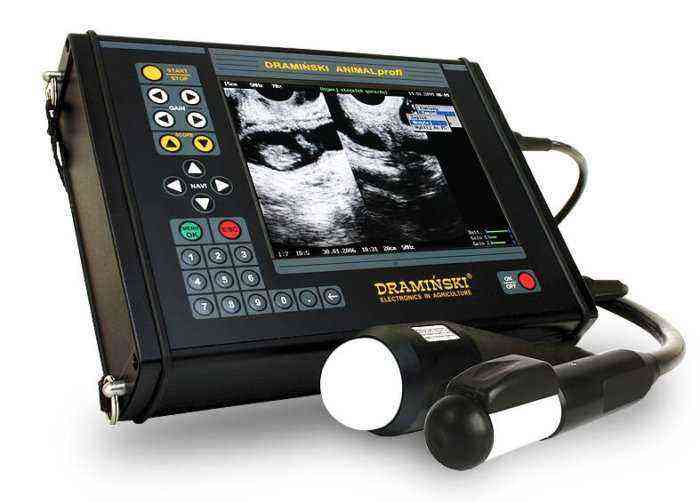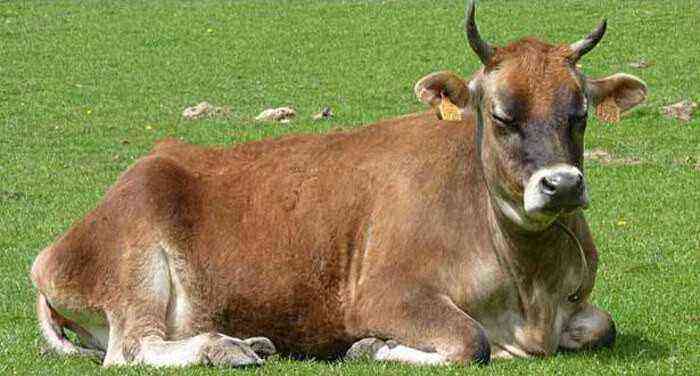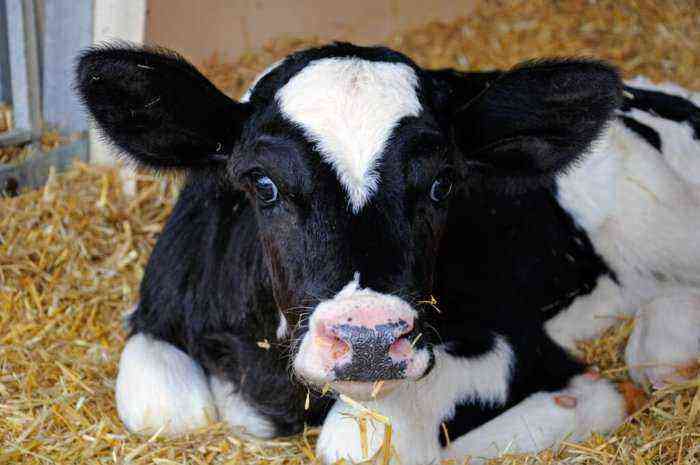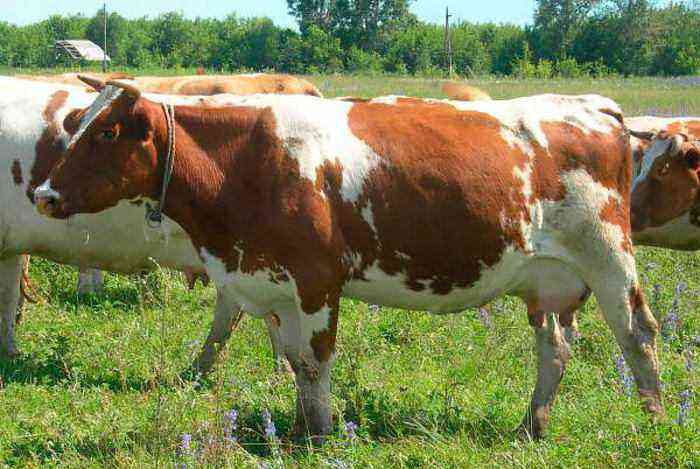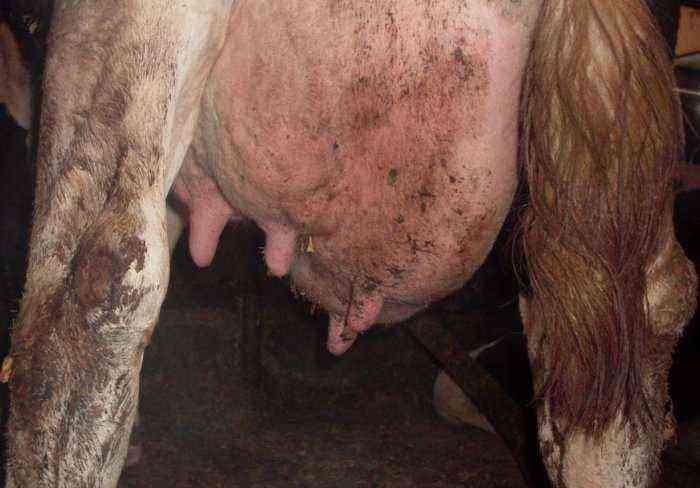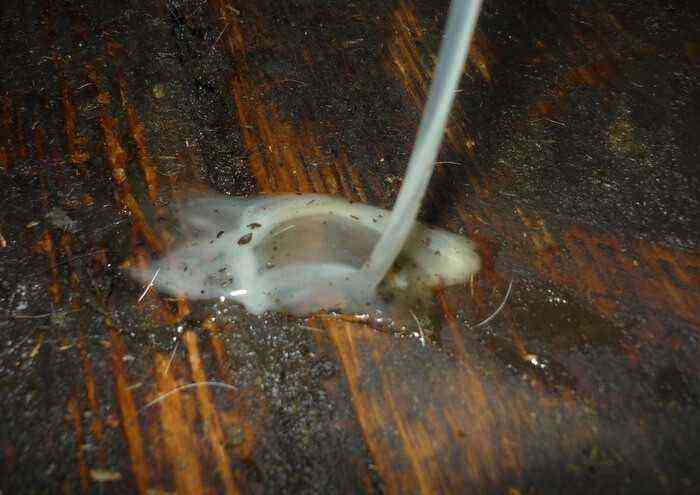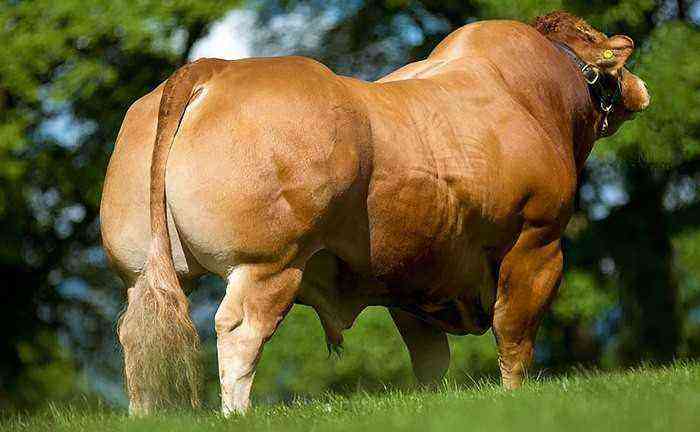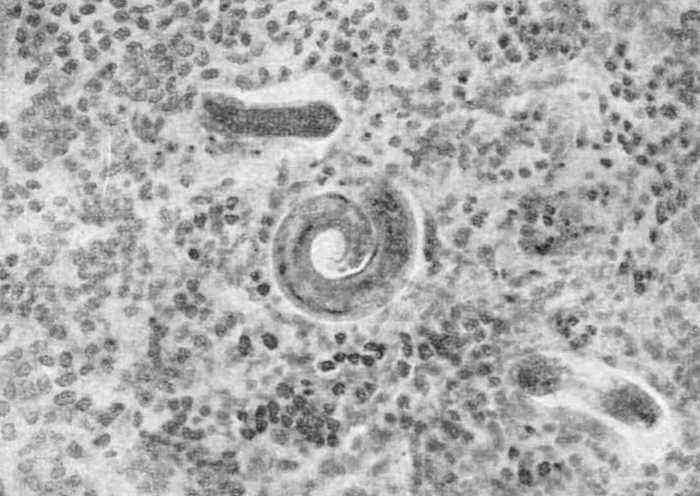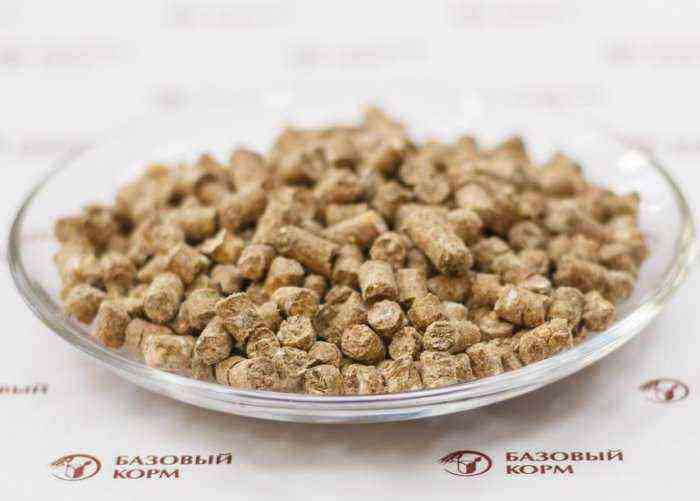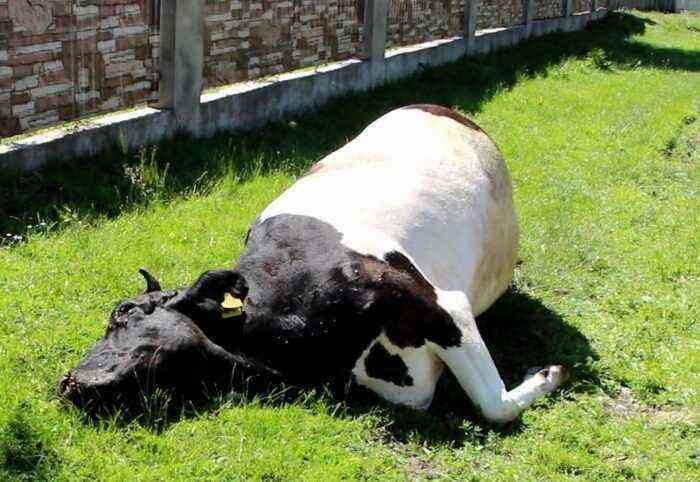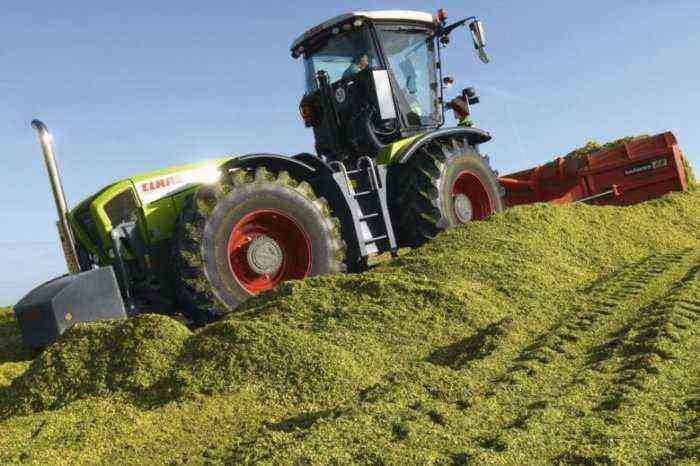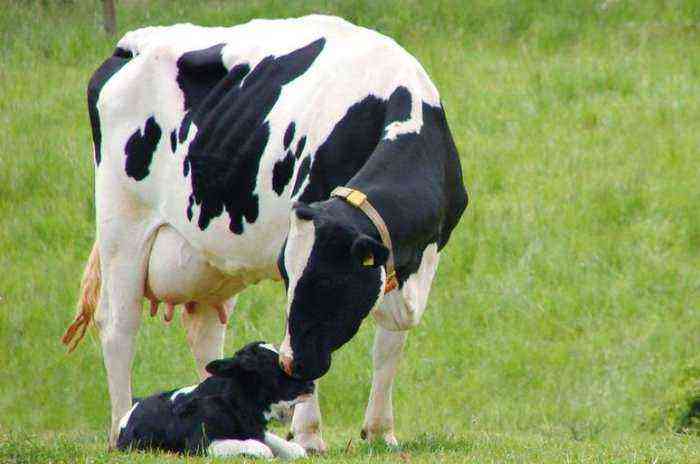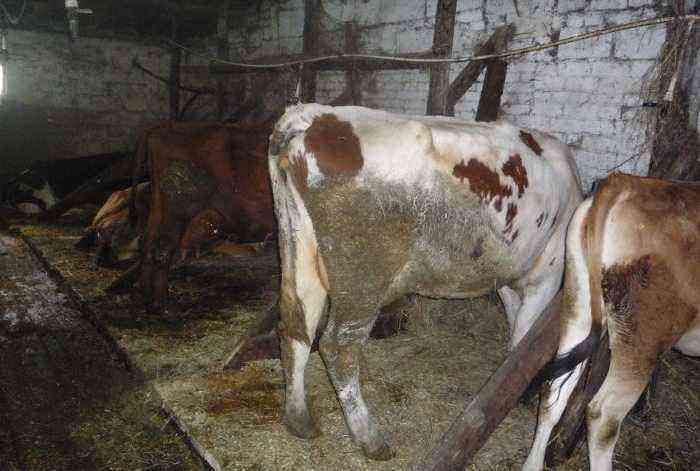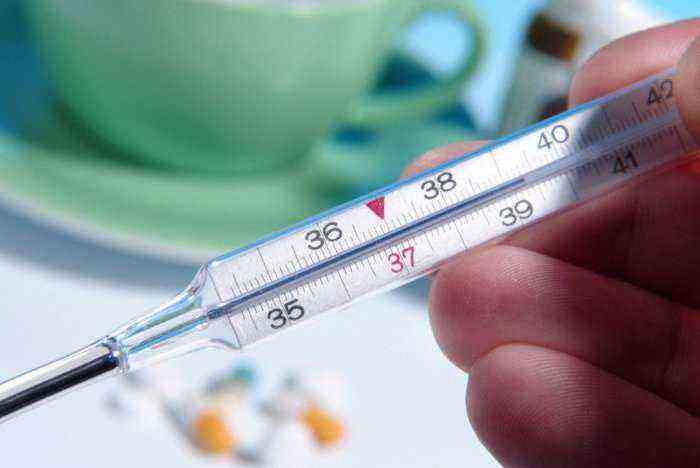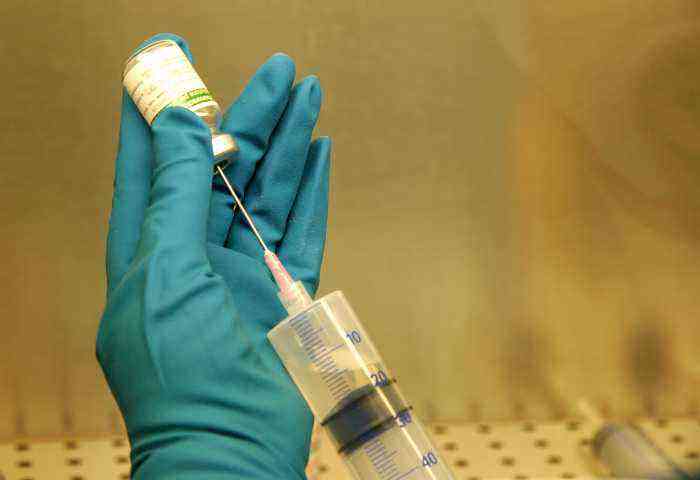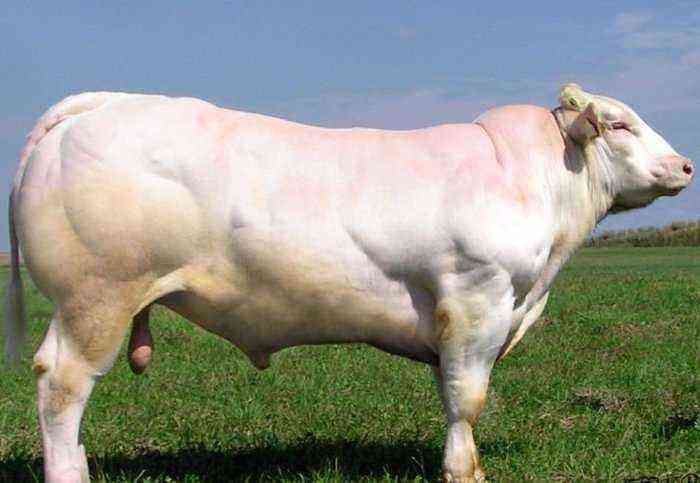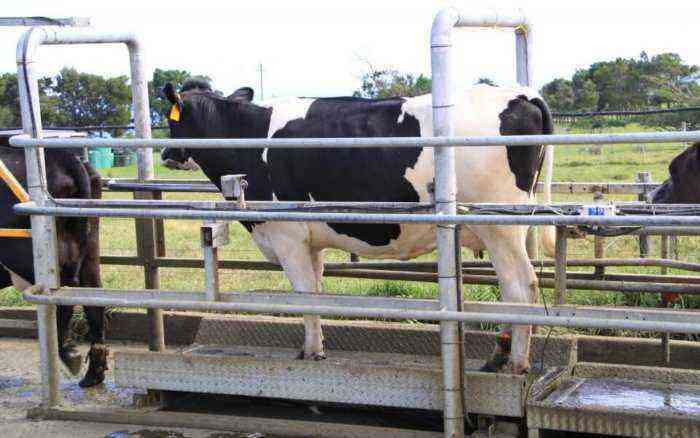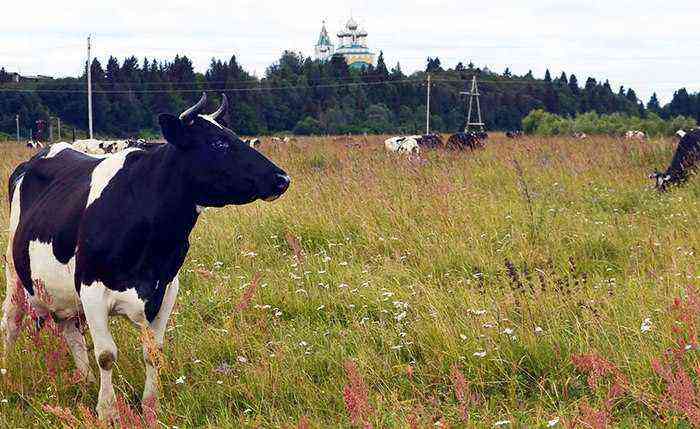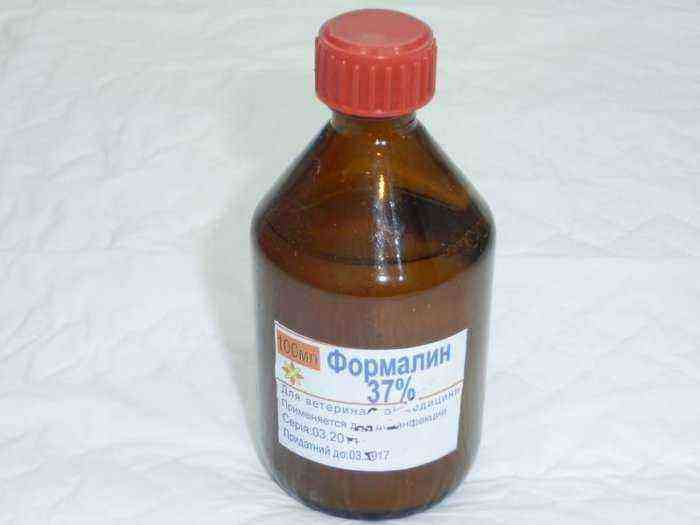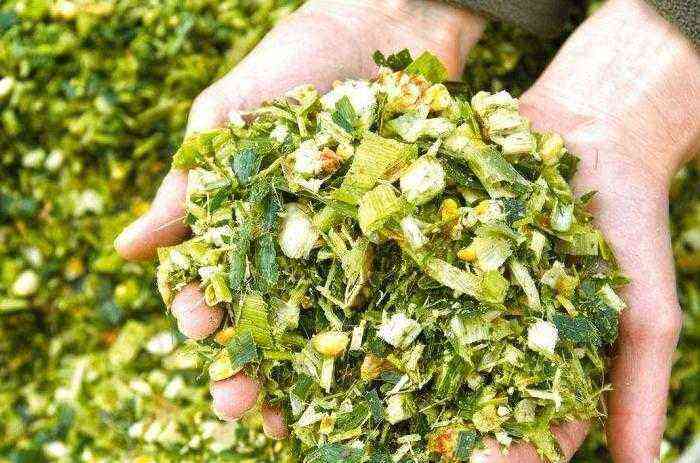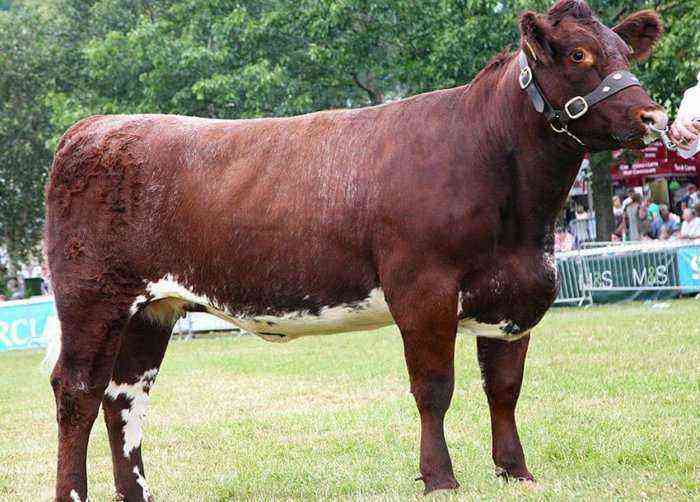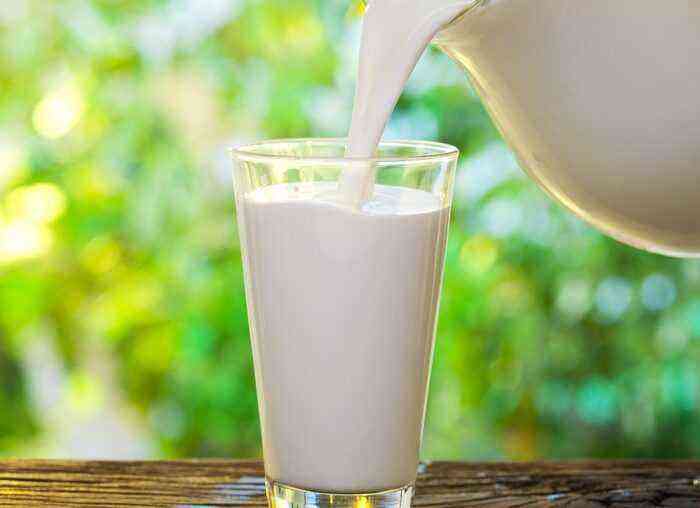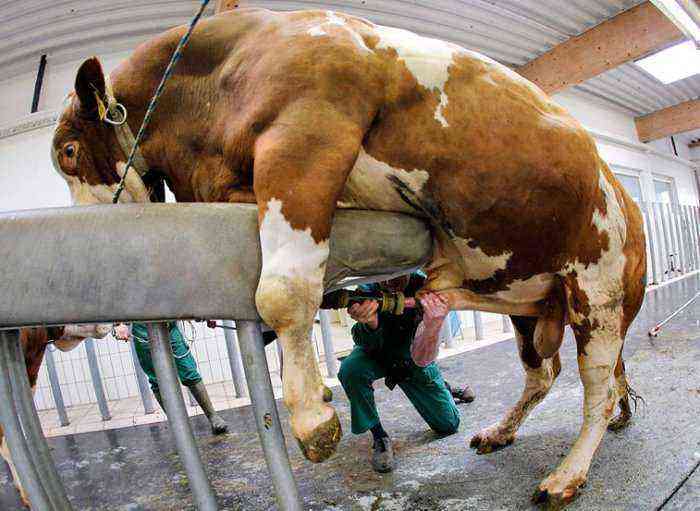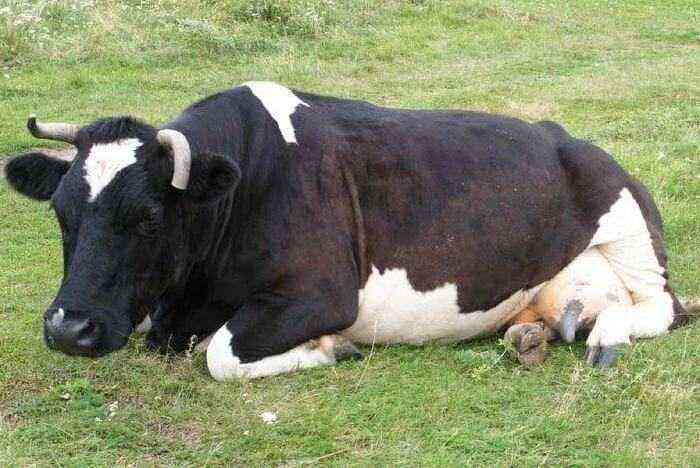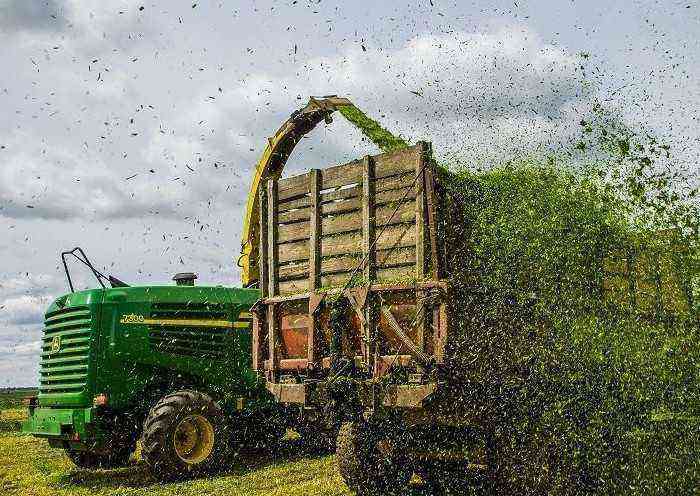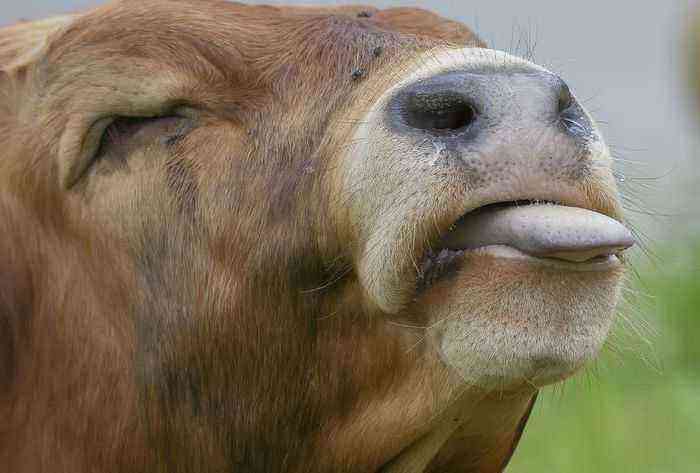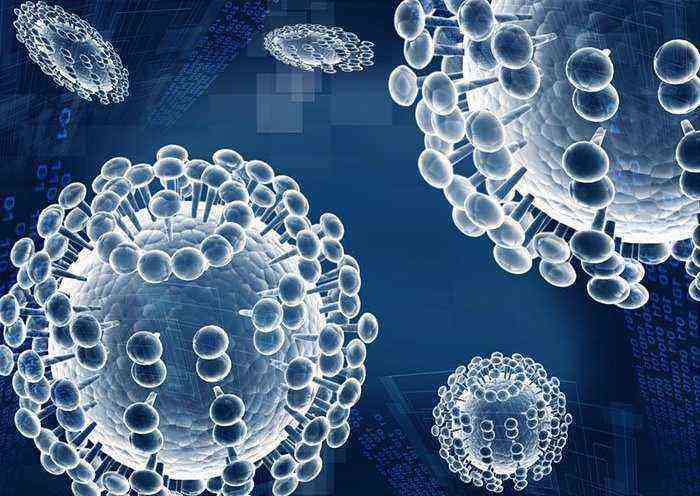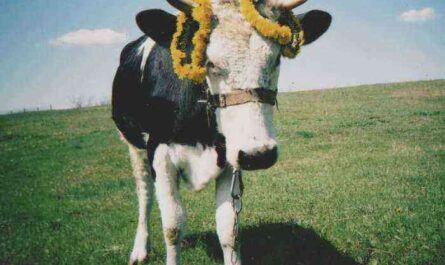Correct organization of the milking process helps to increase milk yield and improve the quality of milk, and also helps to prevent pathological changes in the udder of the cow. How to properly milk a cow by hand or with a milking machine, every farmer should know. The methods of expressing milk and the prevention of mastitis will be discussed in this article.
Cow’s milk
Preparatory stage
Before starting milking, the farmer puts on clean clothes and washes his hands thoroughly. Gloves should be worn for those with scratches or cuts on their skin. This measure will help prevent dangerous bacteria from entering the cow’s udder. The cow’s tail is usually tied to the hind limb prior to milking. The farmer sits on a low chair on the right side of the animal, and puts a clean bucket under the udder, covering it with gauze folded in half.
The cow’s mammary gland should also be prepared for expression – it is washed with warm water (about 42 degrees), wiped with a clean towel. Then a short massage is done, stroking the udder first from top to bottom, to the nipples, and then from bottom to top, to the base. During the massage, it is recommended to lift the mammary gland up, as a calf does when applied to the nipple.
Massage helps to increase blood circulation and stimulates milk flow and production. This is how a cow is prepared for milking on a small farm. Milking preparation should not take more than 1 minute. The hormone oxytocin, which stimulates milk flow, is produced during this period of time.
Attention! It is important to organize the milking of the cow at the same time. This will increase milk production and avoid mastitis.
Milking methods
There are two methods of milking:
- manual;
- hardware.

Manual milking of cows
In private farmsteads where one or several cows are kept, the manual method is used. It is more time consuming because it requires the direct participation of the milkmaid. The second method is hardware and is used on large farms. In this case, the breast pump does all the work instead of a person. The hardware method has several advantages:
- allows you to reduce milking time;
- as close as possible to the natural process, since milk in this case is not squeezed out, but sucked out;
- during machine milking, the udder is almost completely emptied;
- milk obtained by this method is always cleaner.
Manual
Manual milking of cows takes a lot of time and effort on the part of the milkmaid. We need experience in this matter. Manual milking is done in two ways:
- pinch;
- fist.
To milk a cow by pinching, you need to take two nipples of a cow and squeeze them between the thumbs and forefingers of the right and left hand. In this position, the fingers quickly move downward, as a result, a stream of milk is released from the nipple under pressure. The fingers then relax and return them to the base of the nipple. These manipulations must be done with the same frequency and speed. Experienced milkmaids perform about 70-90 compressions every minute.
The pinching method is more traumatic for the cow. With this in mind, a milkmaid should learn how to milk a cow with her fist. Its essence lies in the fact that the nipple is grasped with all fingers, and pumping is done by sequentially squeezing them. The thumb and forefinger are at the base of the nipple, the rest are below. First, the milkmaid squeezes the upper fingers, then alternately the lower ones. Due to the pressure created, milk begins to flow out of the udder. Each hand works in turn.
Attention! At the same time, you can milk the right and left lobes of the udder, front and back, as well as express diagonally located teats.
Hardware
The technique of milking cows using the hardware method includes the same preparatory manipulations with the udder. First, the mammary gland is washed with warm water, wiped with a towel or napkin, then the udder is massaged for 40-50 seconds.
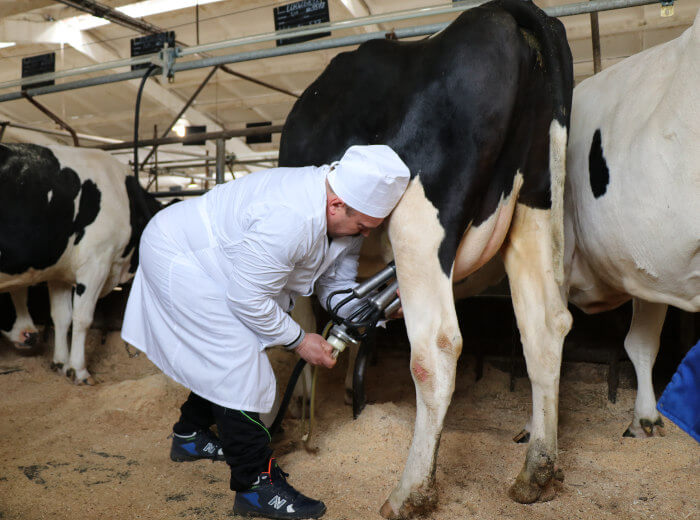
Technique of milking cows by hardware method
Immediately after that, the cow lets milk in, only then the milkmaid puts on the teats with dolly glasses. It is necessary to ensure their secure fixation on the udder.
Important! Milking containers are disinfected after each milking.
The suitability of cows for machine milking is determined by the shape of the udder. There are several types of mammary glands:
- bowl-shaped – the length of the udder is more than 15% longer than its width;
- bath-like – the length of the udder exceeds its width by 10-15%;
- round – the length of the mammary gland is almost equal to its width;
- goats;
- underdeveloped udder – nipples are close to each other.
Cows with goat and underdeveloped udders are culled on large farms.
Attention! Milk yield in cows with a cup-shaped and tub-shaped mammary gland is almost a quarter higher than that of the rest.
Prevention of mastitis
Mastitis is an udder disease that can cause significant damage to farming activities. Milk from a sick cow cannot be sold and drunk, and in advanced cases, mastitis can take the life of a cow. That is why the prevention of this disease is given a lot of attention on farms.
Preventive measures include:
- Udder hygiene. The mammary gland should be washed before and after each milking.
- Massage. Heifers are prepared for lactation during pregnancy, and the udder massage is stopped about a month before calving.
- Daily inspection of the milk tank for seals, bruises and other damage.
- Testing of expressed milk by special testers. They allow you to identify even mastitis, flowing in a latent form.
- Lubricating the nipples with petroleum jelly to avoid cracks where infection can penetrate.
- Keeping litter clean.
- Organization of the correct milking regimen. Skipping pumping can lead to stagnation and inflammation.
Symptoms of mastitis
Inflammation in the milk tank can start unnoticed by the farmer. Moreover, there is also a latent form of the disease, in which no symptoms appear at all. As it develops, the inflammatory process affects one or more lobes of the udder, while the milk changes its taste, color and consistency.

mastitis in a cow
Consider the signs of mastitis in cows:
- Lump in one or more lobes of the breast.
- Udder soreness, swelling, redness.
- Reduced milk yield.
- Loss of appetite.
- The presence of flakes in milk.
- Milk watery structure. Changing its color.
- Blood, pus in the first milk.
Important! Having noticed at least one of the listed signs of inflammation of the milk cistern, the farmer should immediately begin treatment. Otherwise, the disease will take on complicated forms and can lead to the death of the cow.
Treatment
Mastitis proceeds in different ways, therefore, the treatment of the disease is carried out in different ways. In uncomplicated cases, it is sufficient to express milk frequently and use special ointments. If the disease is difficult and pus forms in the milk cistern, then antibiotics cannot be dispensed with.
In addition to antibacterial drugs that are injected intramuscularly, the cow is given various poultices and lotions for the udder. Washing of milk ducts with disinfectants and antibiotics has a good effect. A sick cow is protected from cold and draft.
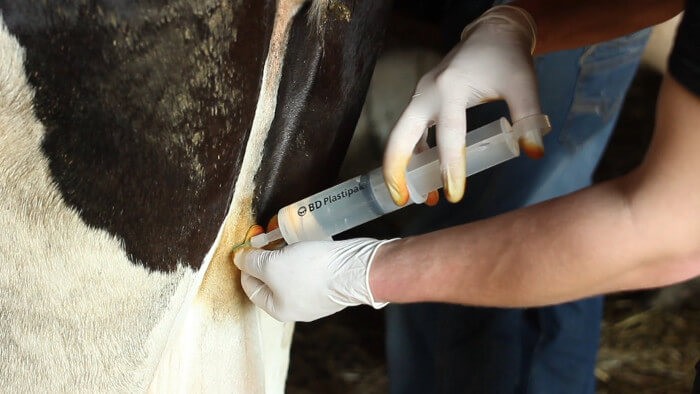
Treatment of mastitis in a cow
Correct udder massage
Udder massage before each milking serves not only to stimulate the production of oxytocin, but also allows you to detect pathological processes that have begun in the mammary gland. The milkmaid strokes the udder with her palms, changing the direction of movement from top to bottom, and then from bottom to top. With her fingers, she probes the nipples and the base of the mammary gland, lifting it. Experience allows her to detect nodules, lumps in the udder, determine if it is hot. The first portion of the released milk is decanted into a separate container, which makes it possible to detect impurities of pus, curdled clots or blood in it.
How many times a day is a cow milked?
It is important for the farmer to train the cow to milk. This is especially true for first-time heifers. In the first 2 weeks after the birth of the calf, they are milked 4 times a day. In the future, they switch to milking three times a day. High-yielding cows should be milked three times a day so that milk productivity does not decrease and stagnation does not occur in the udder.
Attention! It is very important for the farmer to adhere strictly to the milking spacing. With a two-time milking mode, it should not exceed 12 hours, with a three-time milking mode – 8-9 hours.
What happens if you don’t milk the cow?
If you skip milking or pump the cow less often than before, milk yield will decrease. If the cow is not milked at all, milk stagnation will occur in the udder, which is fraught with the development of mastitis. The transition to the dry period is always carried out gradually, while the cow is imposed on dietary restrictions. The launch of the animal is carried out approximately two months before calving. This process aims to increase milk yield after the calf is born.
Knowing the rules of milking cows and putting them into practice is very important for the farmer. If they are neglected, the productivity of animals will decrease, and the business will become less profitable. Much attention should be paid to the hygiene of the udder: washing and massaging the udder before and after each milking, as well as carefully treating the teat cups if the milking machine is used. Having discovered the symptoms of inflammation, you need to immediately start treating mastitis.
